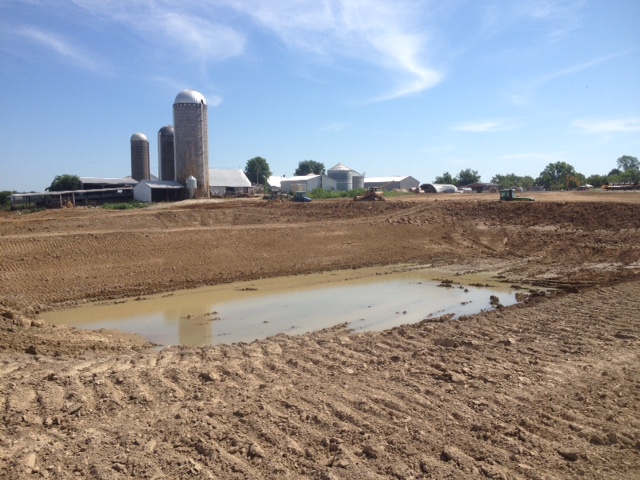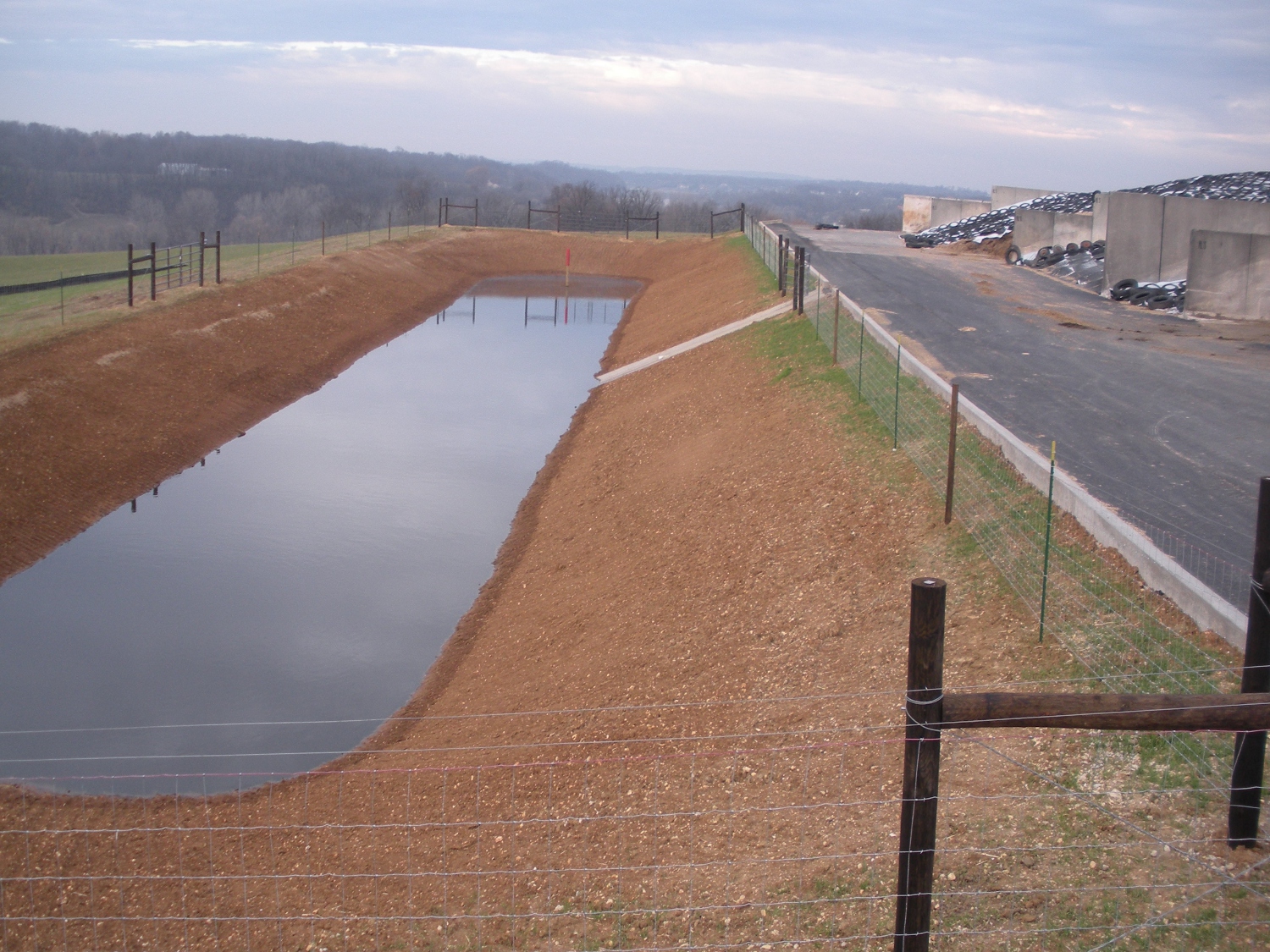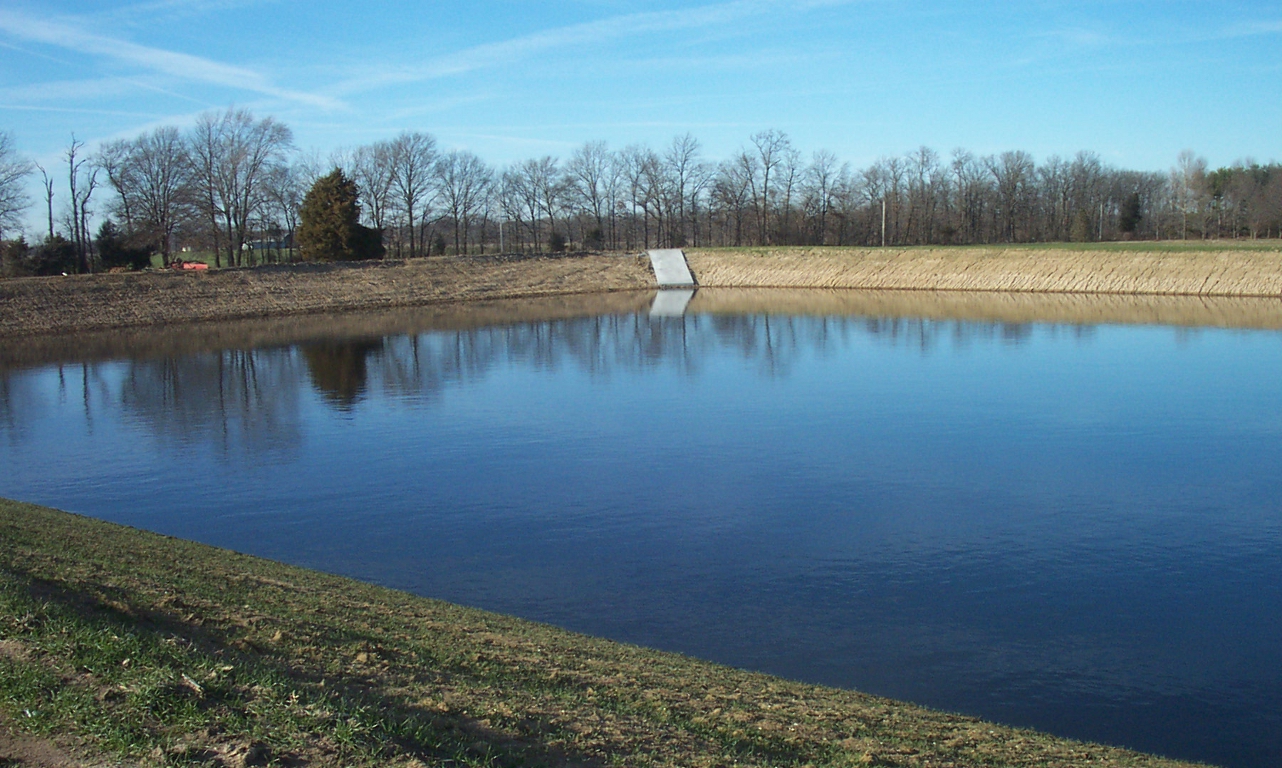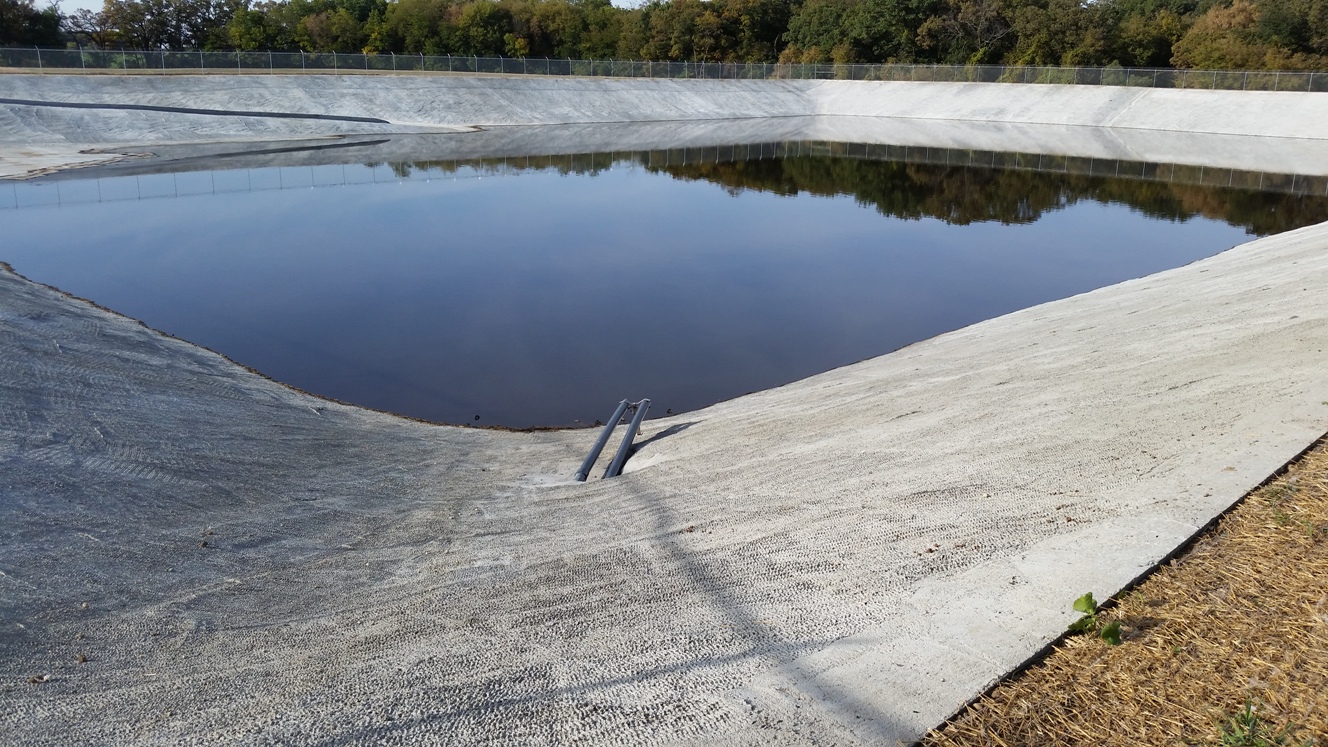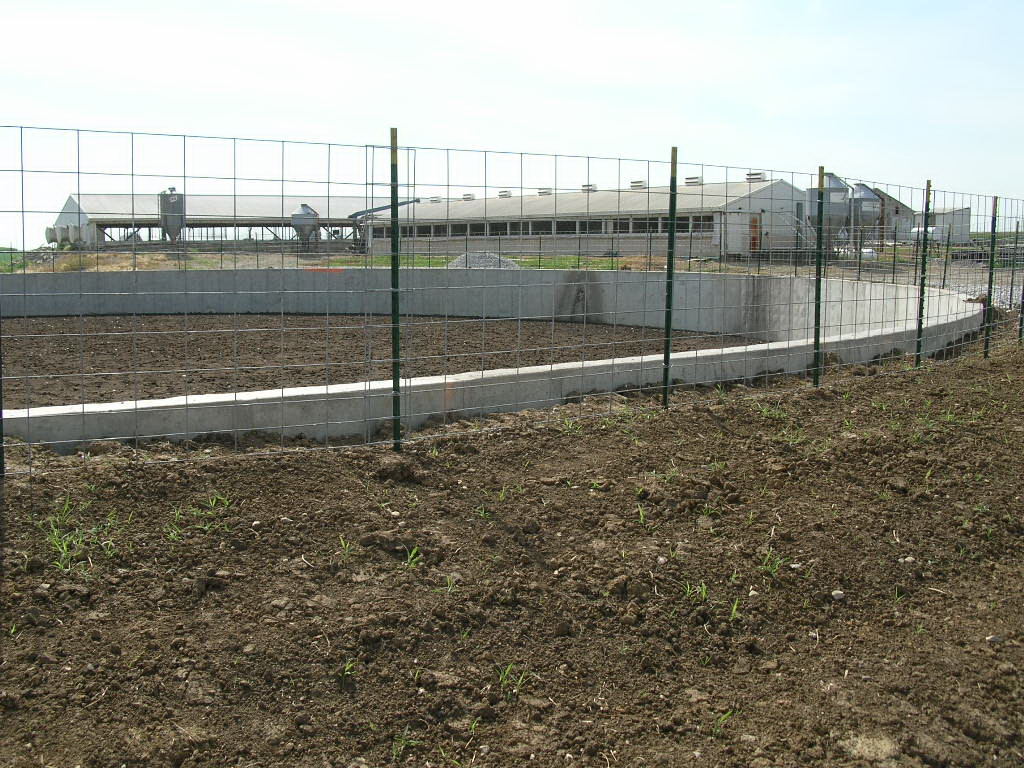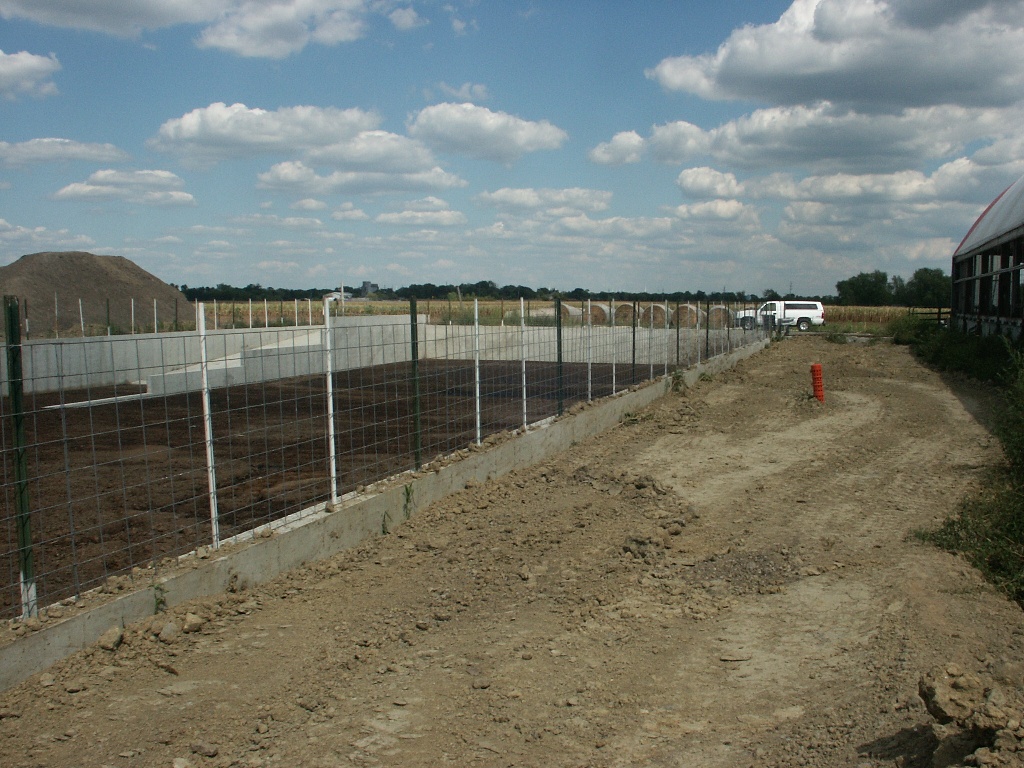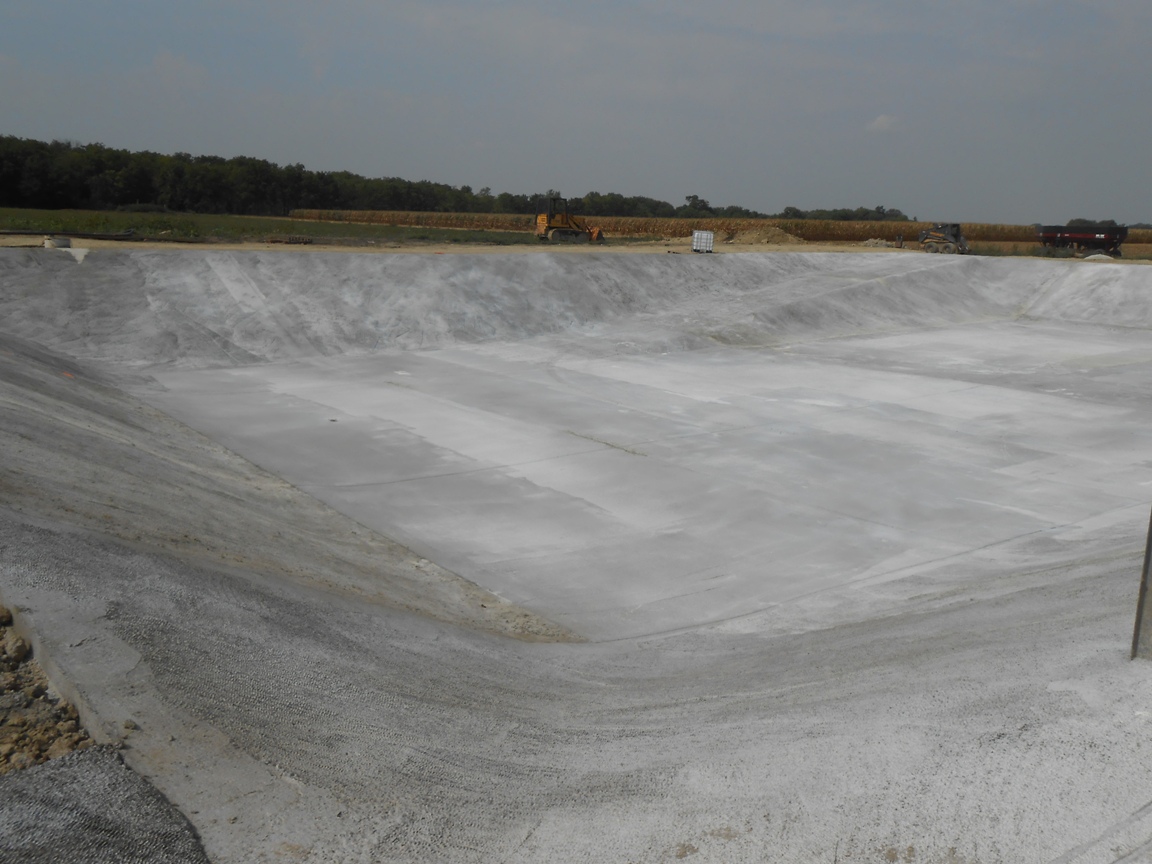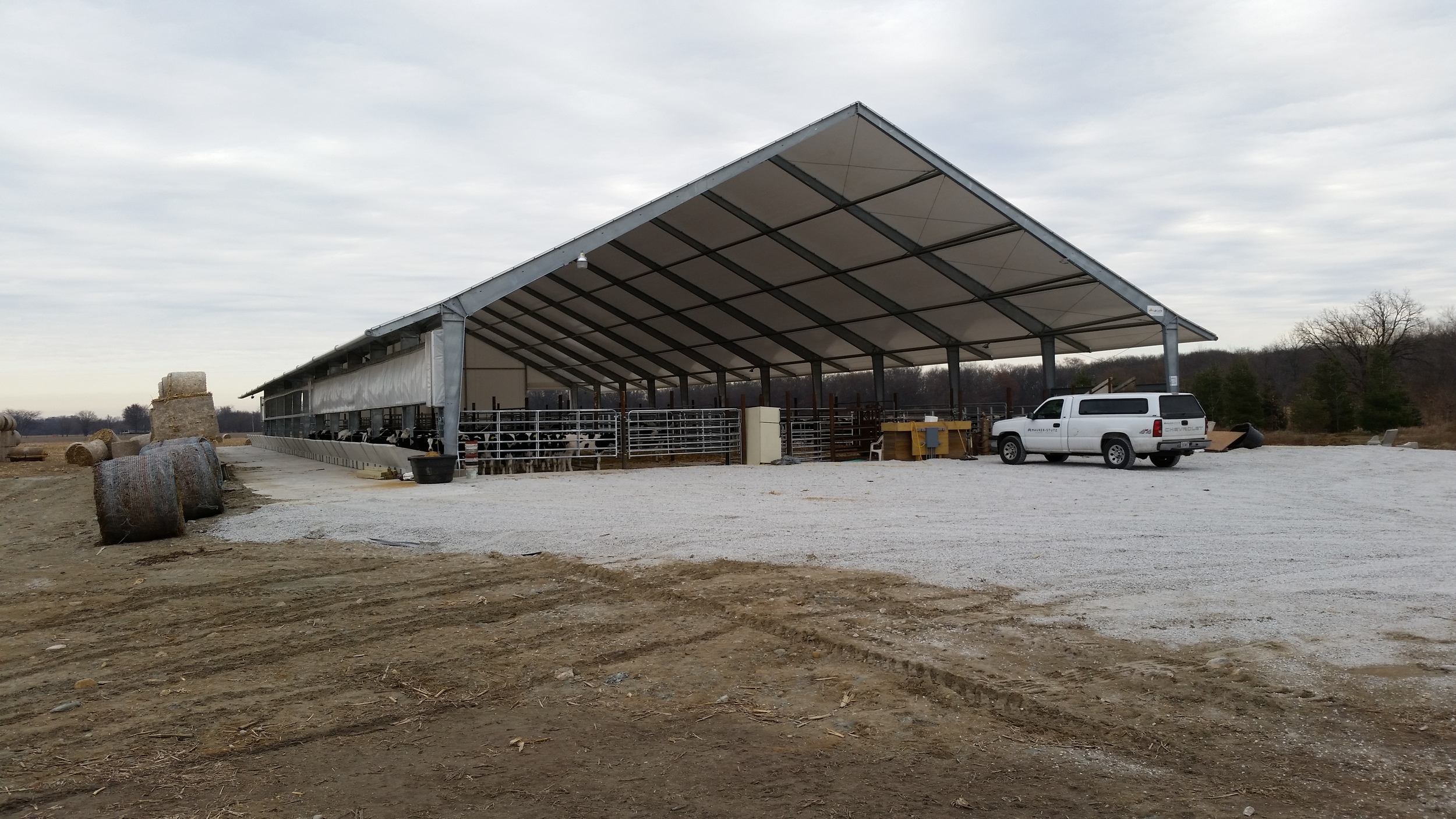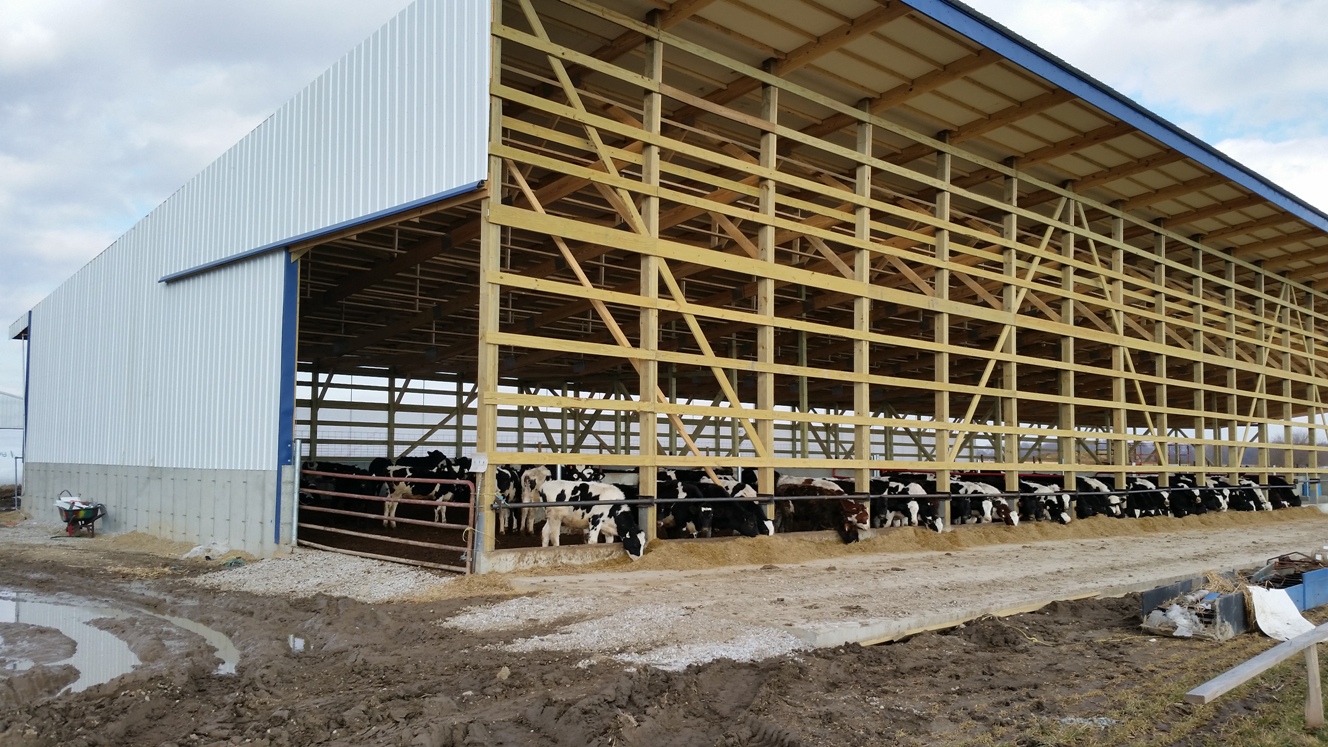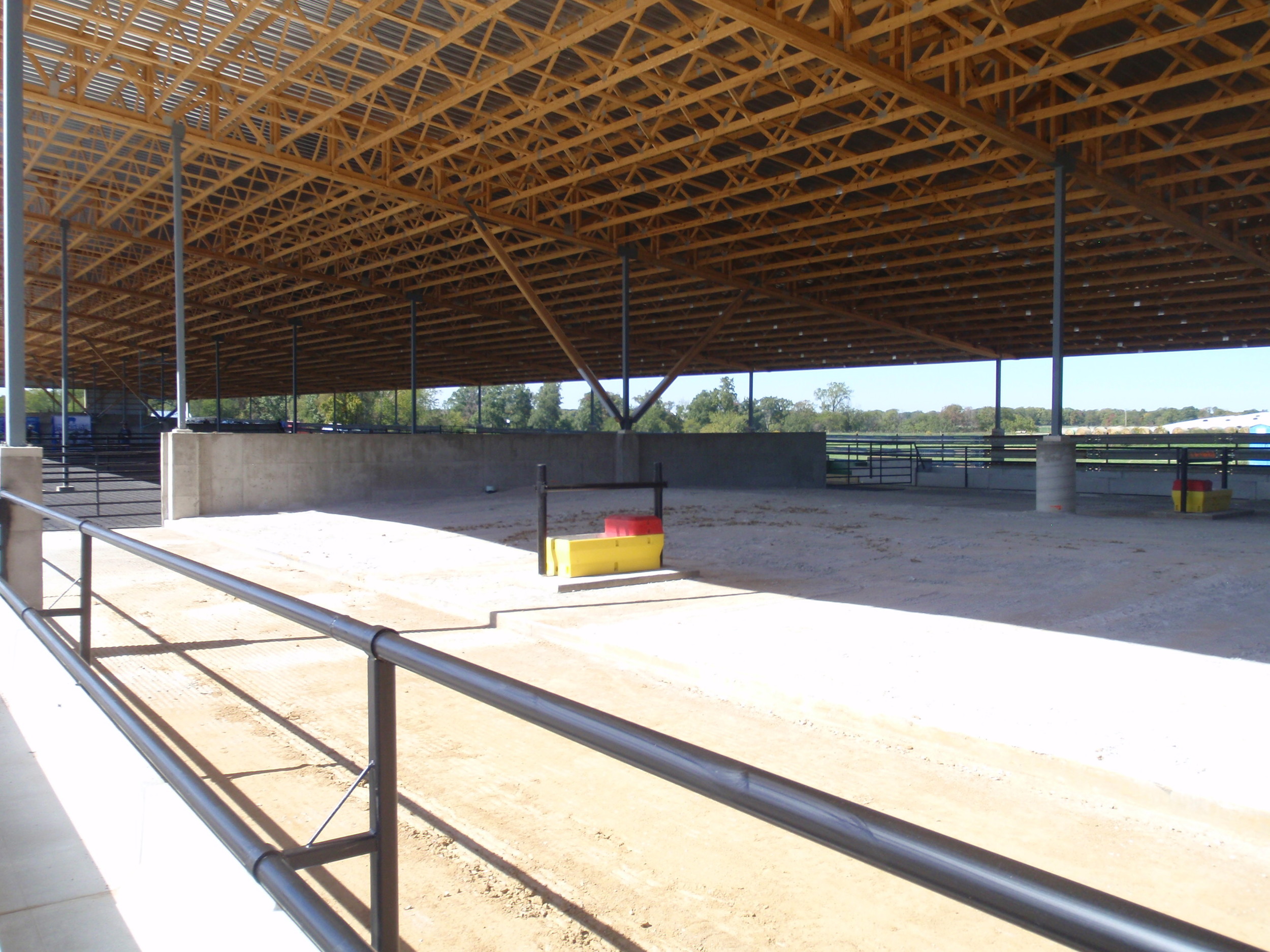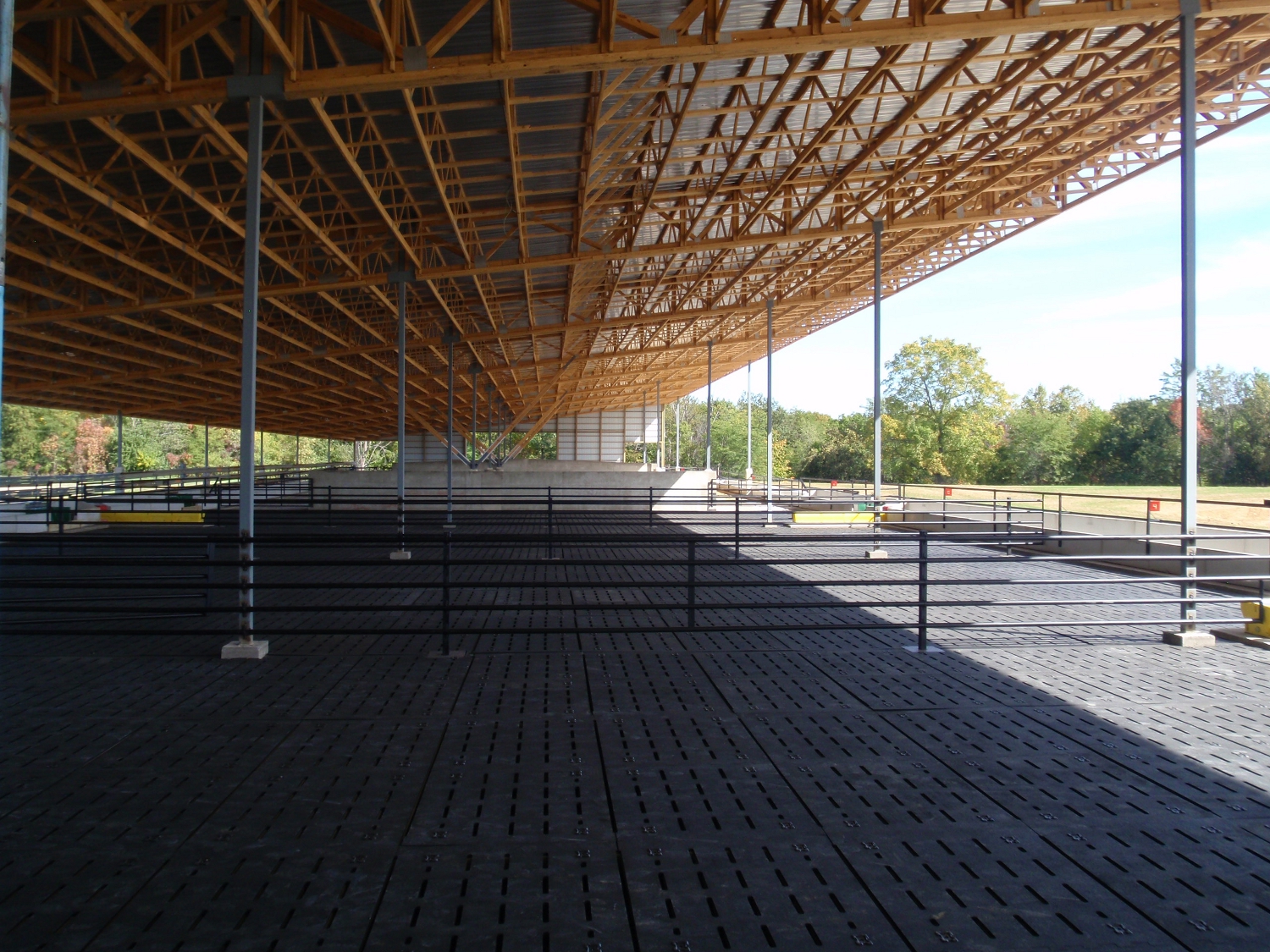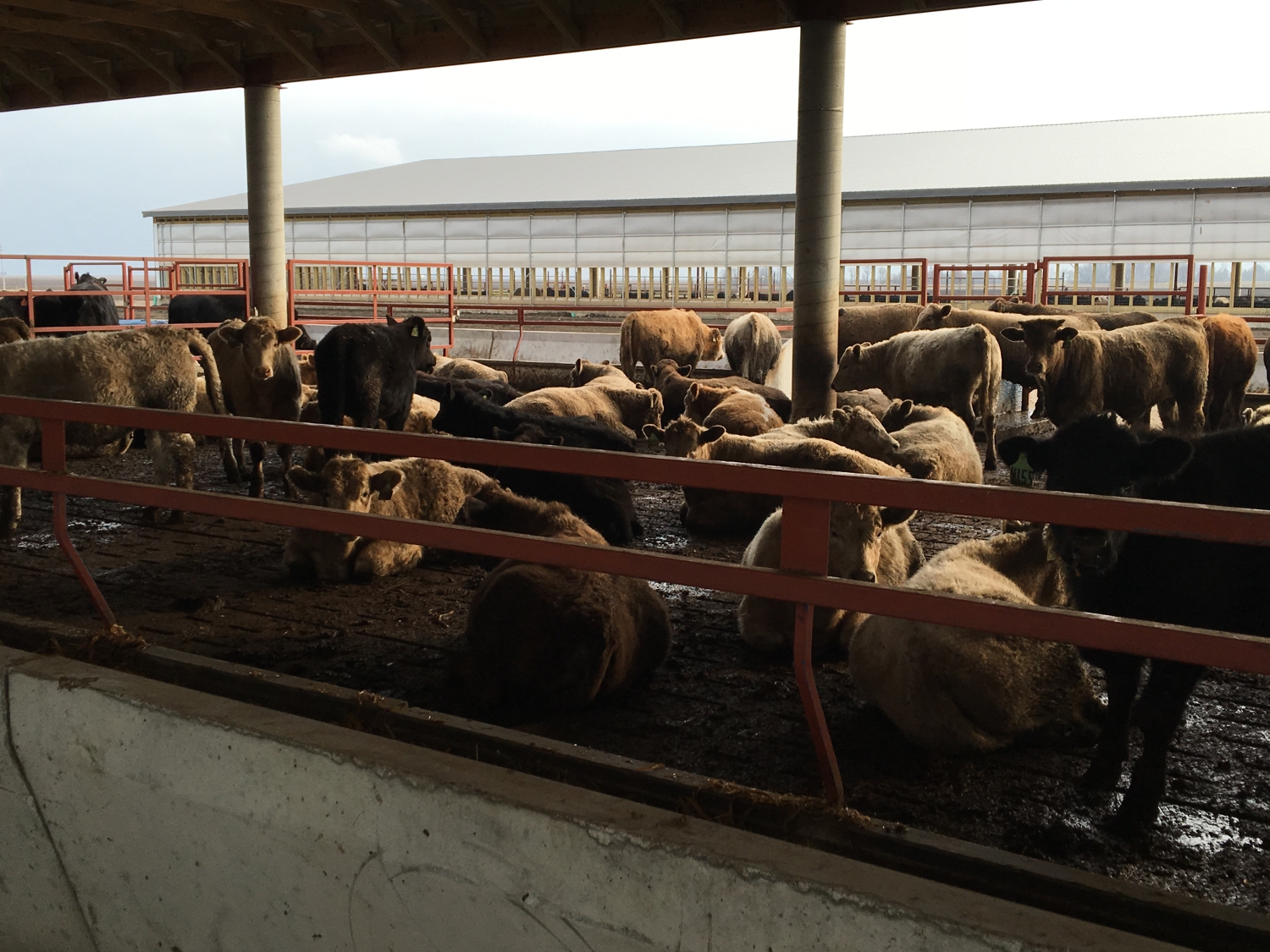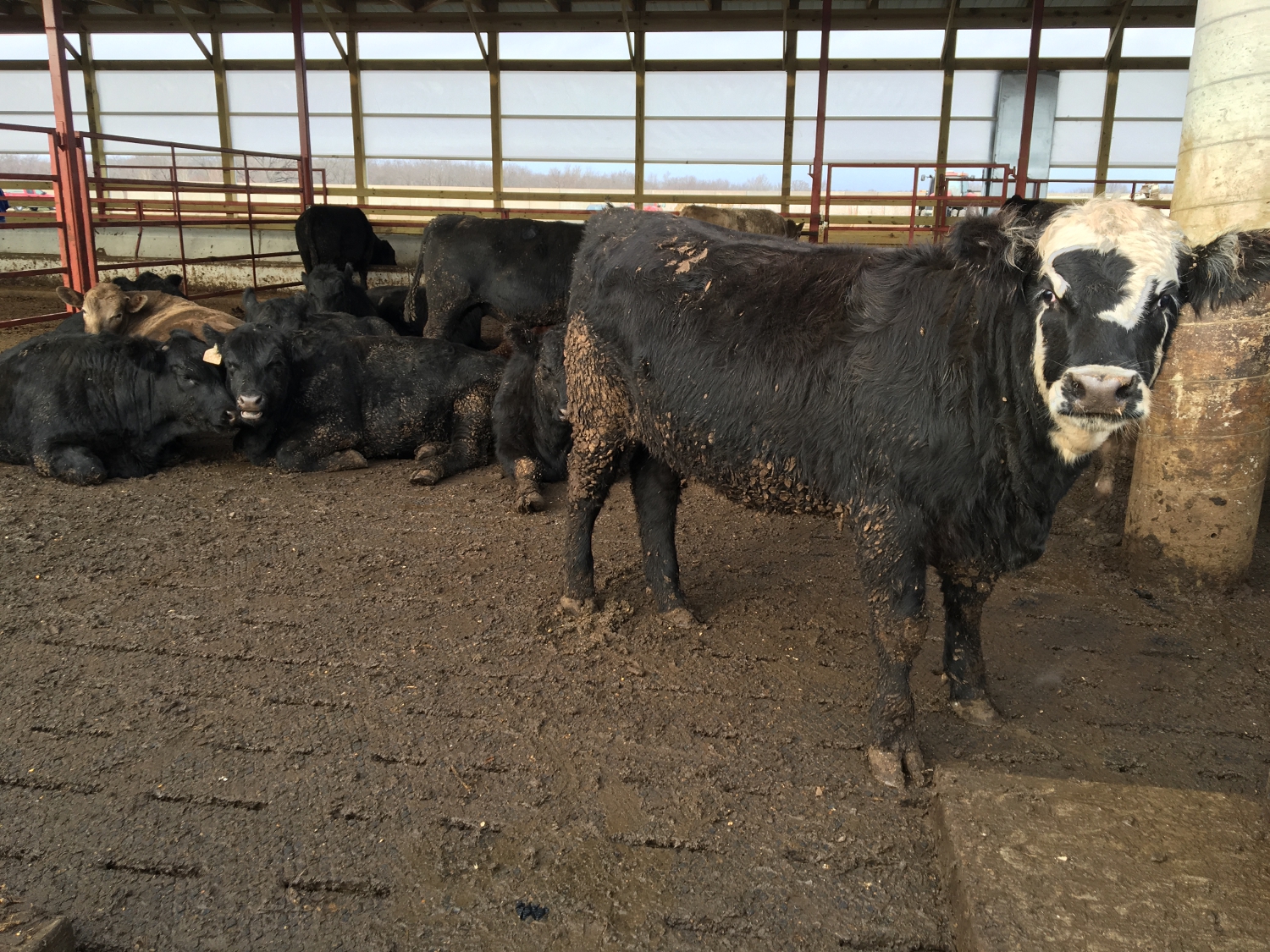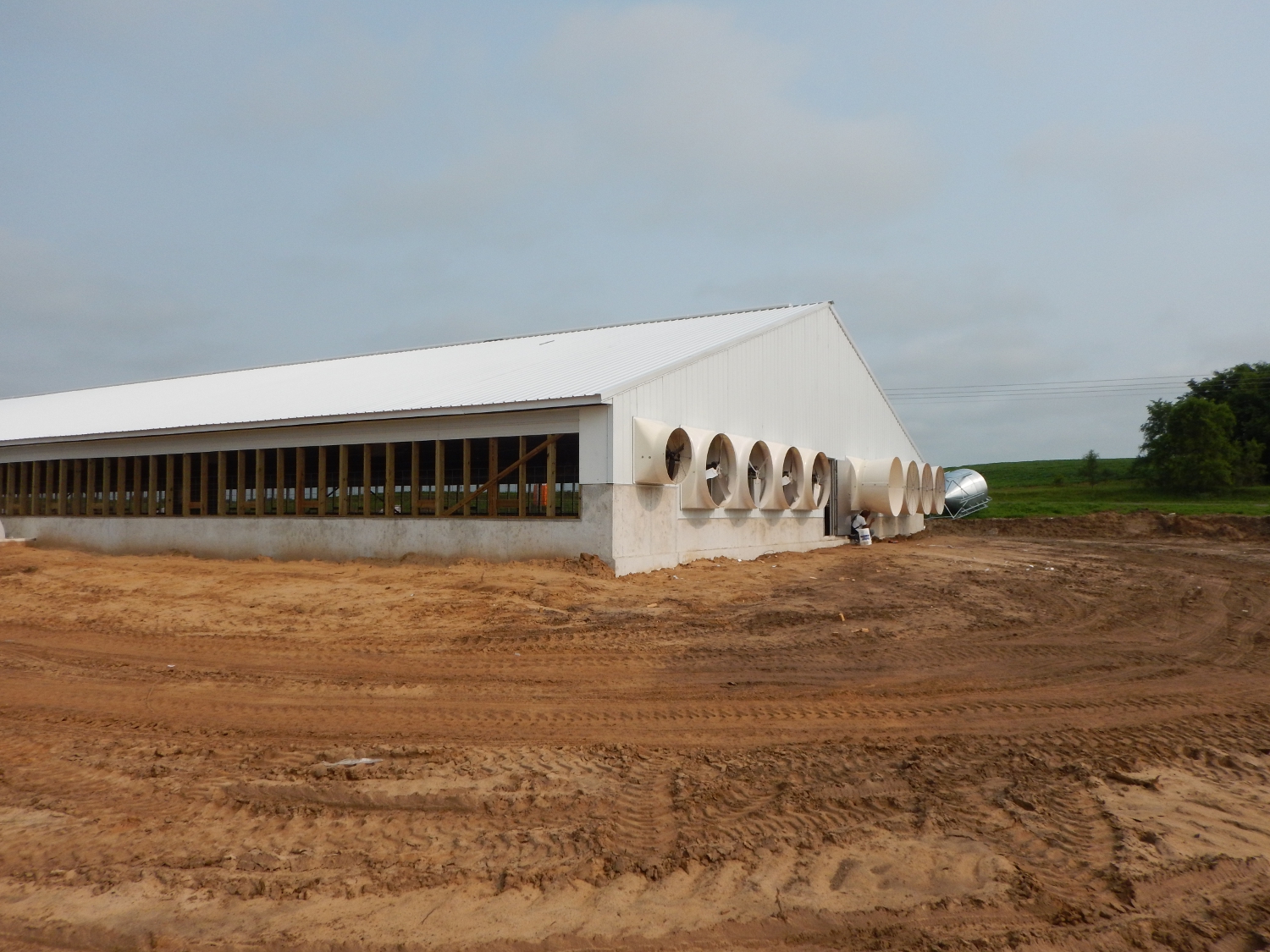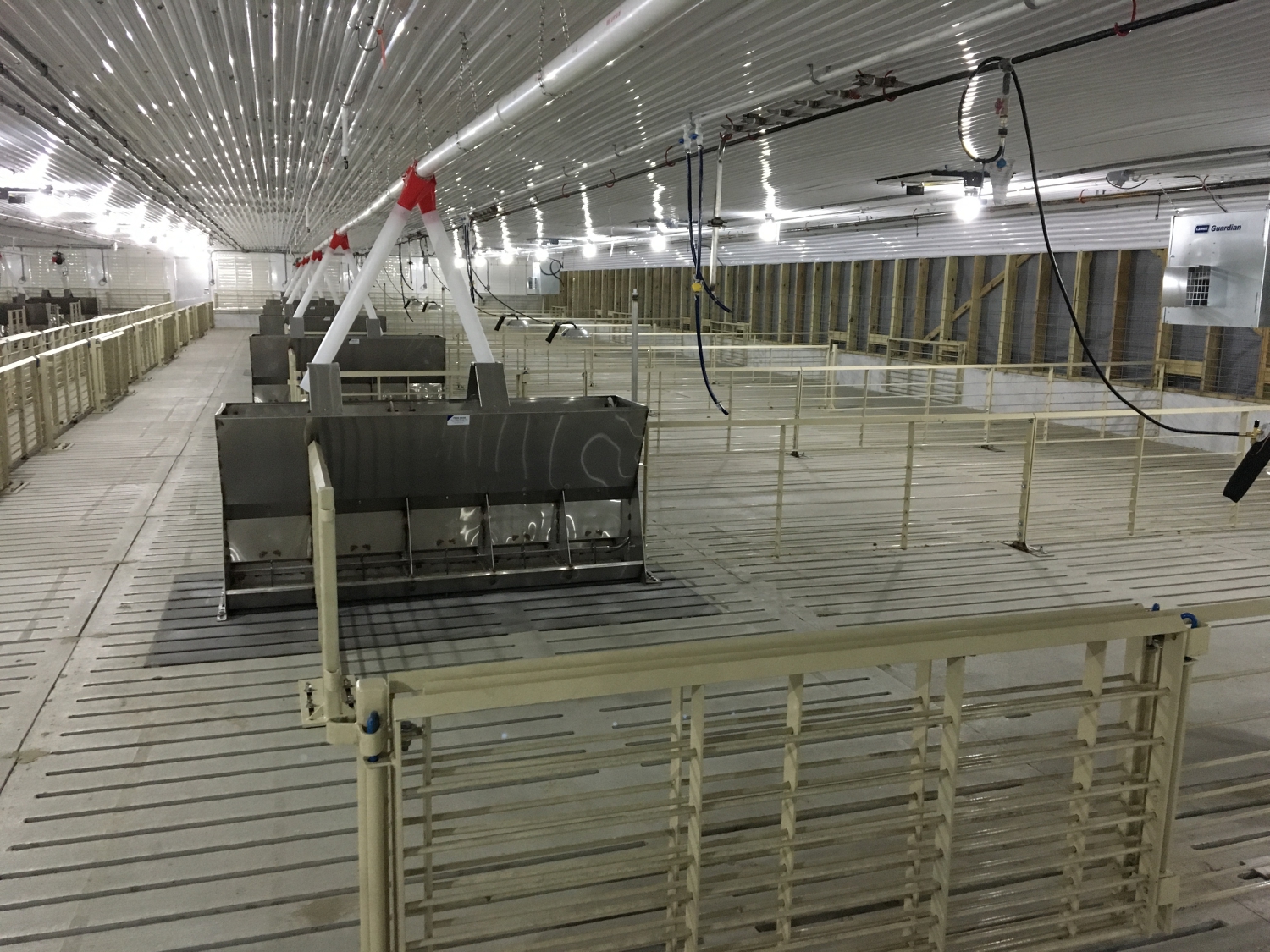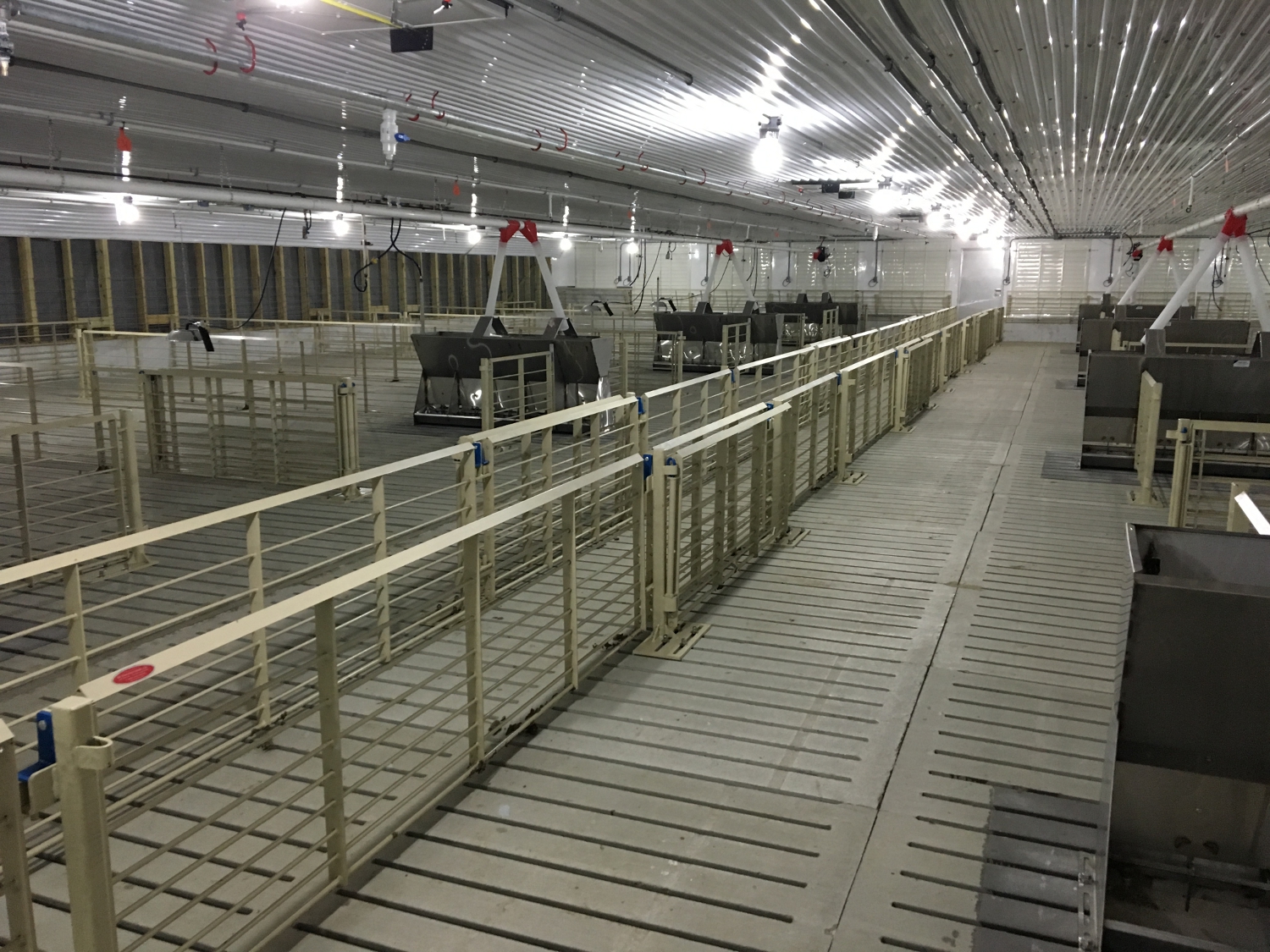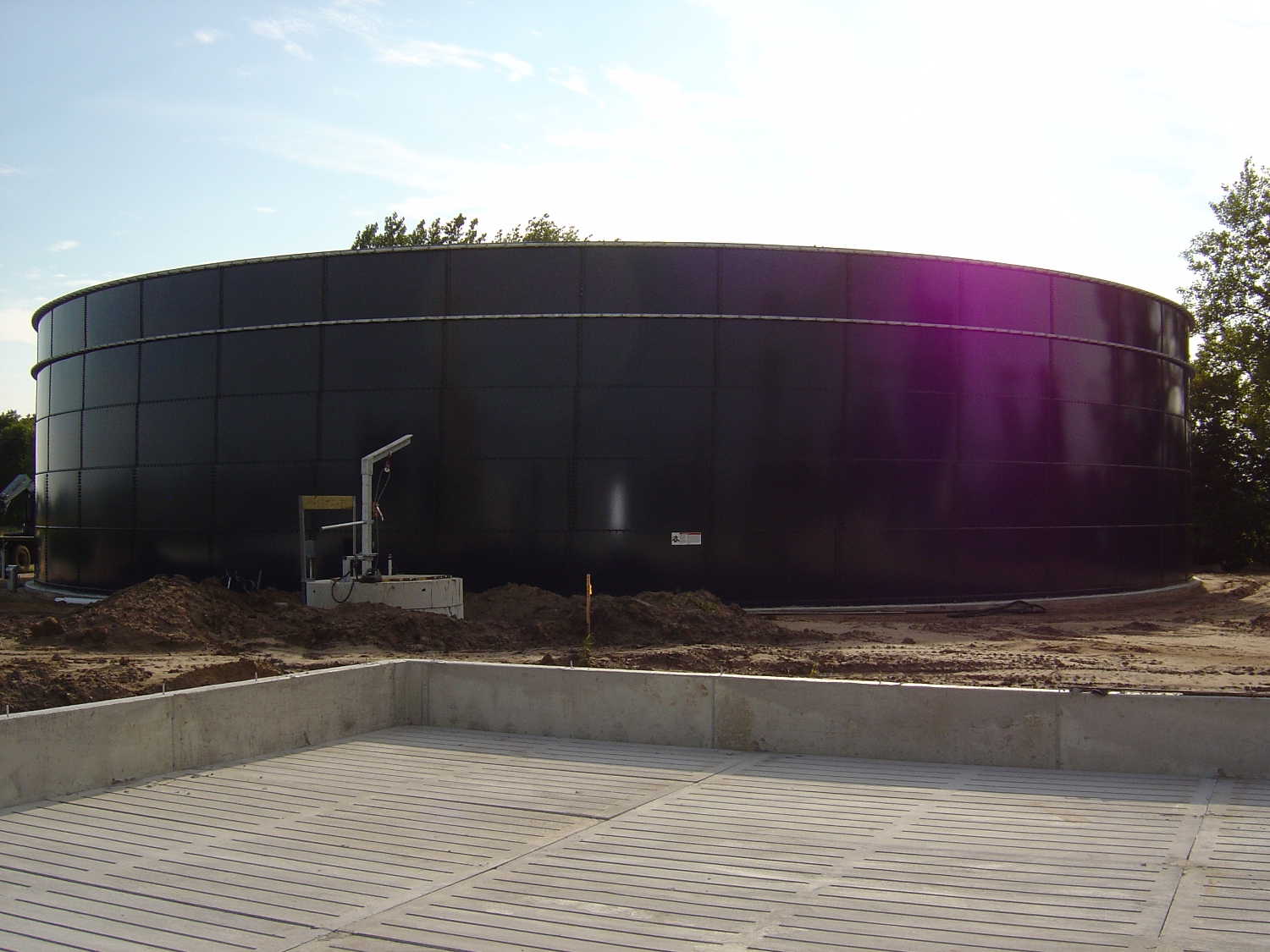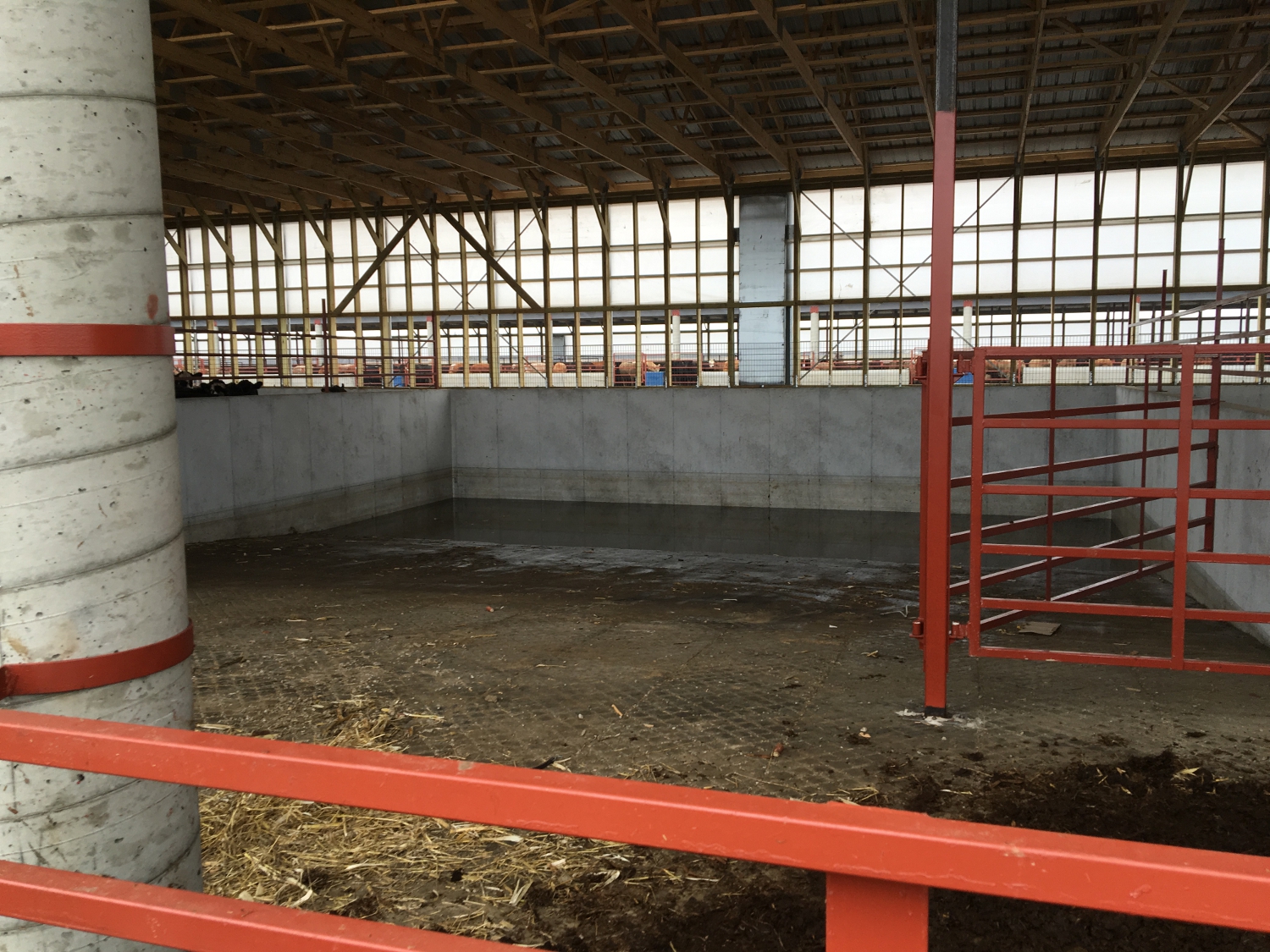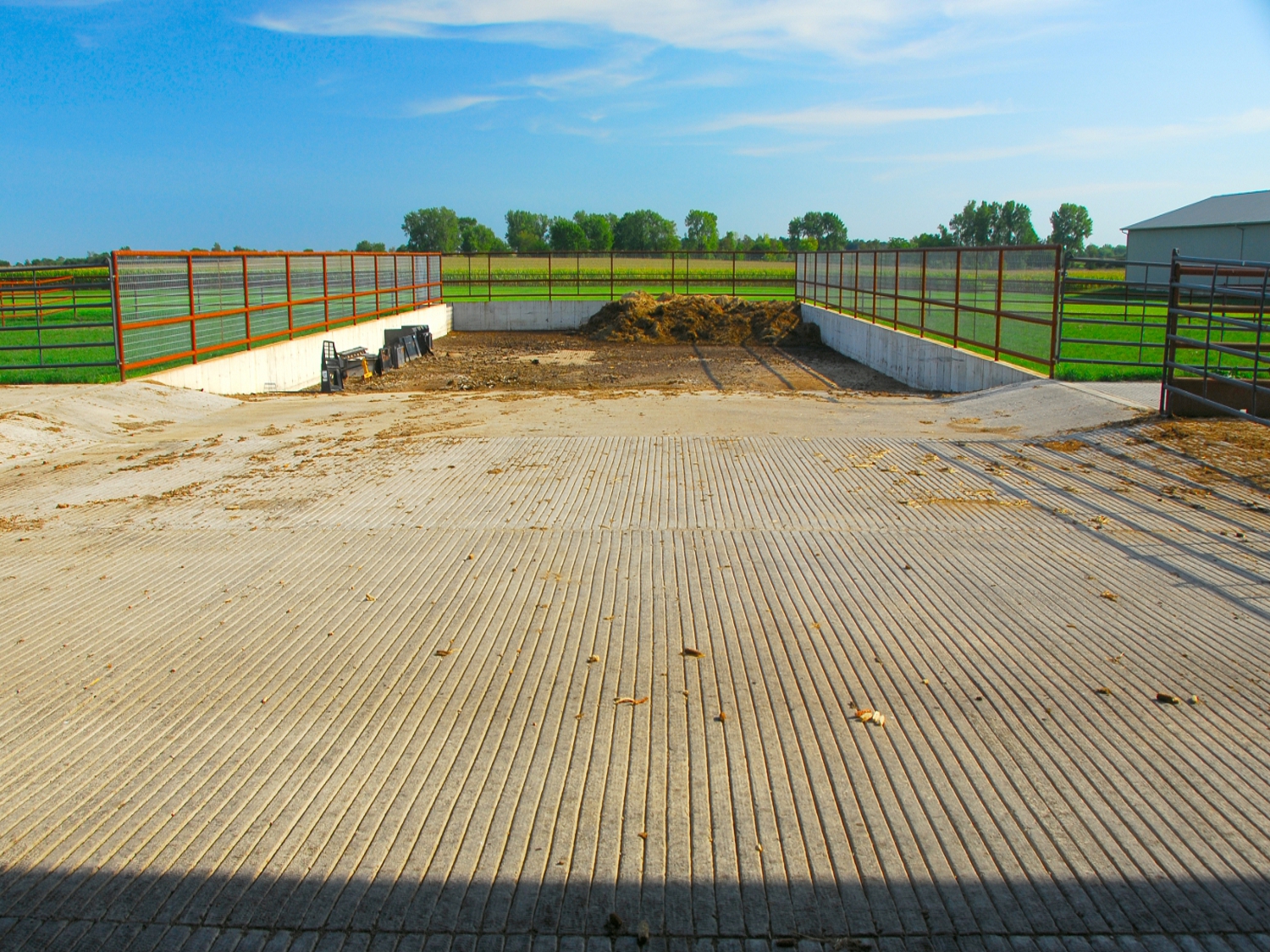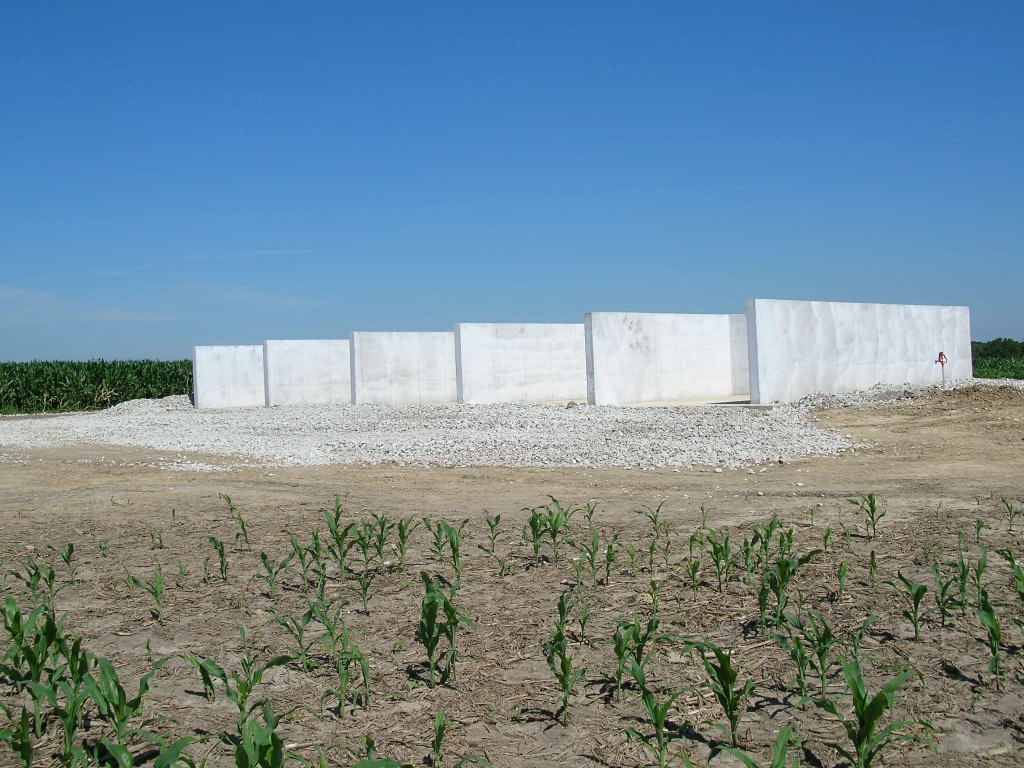Agricultural > Waste Storage Facility Design
WASTE STORAGE FACILITY DESIGN
Our Agricultural team has experience with multiple types of waste storage facilities. Below are some specific facilities that could be used on your facility. These structures can be combined in a number of ways to fit the needs of your facility.
Earthen Holding Ponds
Typically used on Dairy or Swine Facilities, Earthen Holding Ponds provide capacity to store large volumes of waste, while reducing construction costs.
Open Concrete Tanks
Typically used on Dairy or Swine Facilities, Open Concrete Tanks provide capacity to store large volumes of waste, while reducing the maintenance costs.
Bedpack Barns
Typically used for Dairy and Beef Housing facilities, bedpack barns are a waste storage and housing facility for animals. These facilities can house the animals on a pack of bedding and manure. The building can also include manure stacks within to increase the manure storage period.
Deep Pit barns
Typically used for Beef and Swine facilities, but can also be used in dairy facilities, deep pit barns house the animals on slats, and manure is stored in a concrete in ground tank/pit below the slats.
Above Ground Tanks
An above ground tank, such as a Slurrystore structure, which uses pumps and agitation systems to transfer manure to the structure as needed, can increase the manure storage period of a facility.
DRY STACKS
Dry stacks can be implemented on a facility to increase the manure storage period. Dry stacks, also called a manure bay, can be planned inside of a bedpack building or outside the building. These manure stacks can have a ramped bottom to contain liquid manure until absorbed by bedding, or these stacks can be flat.
COMPOSTERS
Proper management of animal mortalities on the farm/ranch/feedlot has important implications for nutrient management, herd and flock health, as well as farm/ranch family and public health. The purpose of proper mortality disposal is to prevent the spread of infectious, contagious and communicable diseases and to protect air, water and soil quality.

